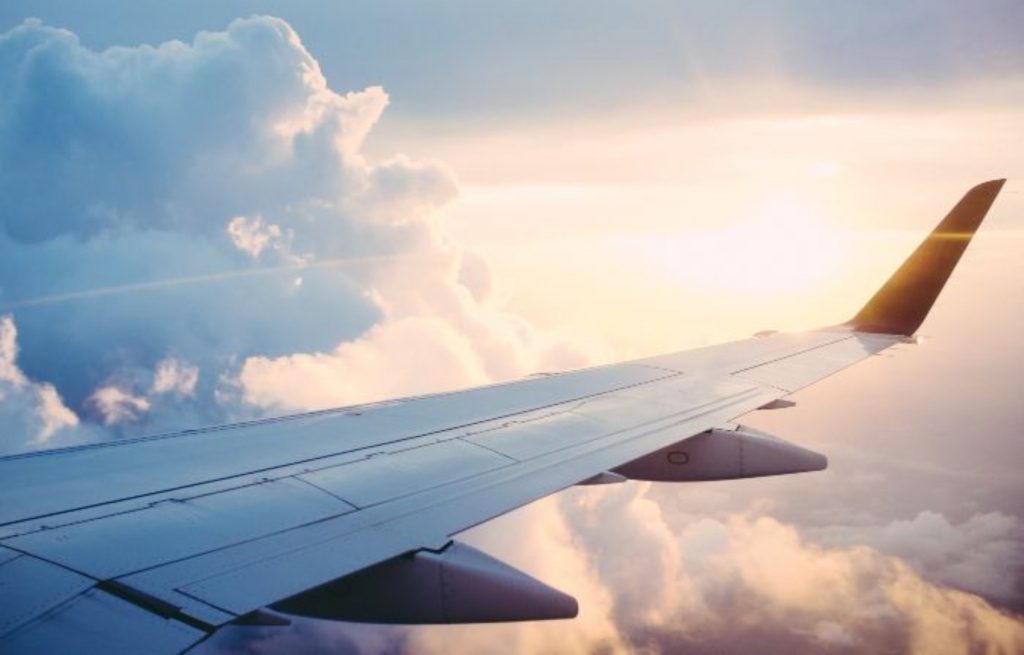A guide to safe events, so far
Sept. 23, 2021
Over the last several months, we’ve written about many aspects of the event industry that have been forever changed by the pandemic. The situation around the world is always in flux, and so are the recommendations around it, but we’ve created some simple rules of thumb that will put you in good stead in most situations. It’s time to put those pieces together to create an event that will make your guests feel safe while reminding them of how much they loved attending events in the first place! Here is what we’ve learned about the future of events so far.
Safe travels

The new rule of thumb with travel, especially if your guests are travelling long distances, is for them to come in contact with as few people as possible. This means opting for driving instead of taking a coach bus, or planning their flights with fewer layovers. These options aren’t always available to everyone, but it’s worth making sure your guests know to consider them.
As an event planner, it is also your responsibility to ensure you know the rules around quarantining, testing, and vaccines at your event destination and venue. Rather than each guest doing their own research and possibly finding incorrect information, find the answers for them ahead of time and communicate it out to everyone in one go. Keep them up to date if any regulations change so your guests can remain in the know.
Indoor or outdoor?
While outdoor events pose less overall risk, there are still safe ways to do both indoor and outdoor events. For outdoor events you’re going to want to still remain distanced where possible, but ambient noise poses a problem, especially if there are speeches or presentations and guests are spaced out. To combat this, a good AV system is key. If your guests can see you and hear you, there is a better chance that they will stay engaged.
For indoor events, especially ones where people can’t remain masked the whole time like galas or weddings, vaccination and testing are going to be your first line of defense. Having guests provide proof of vaccination or a negative test will give not only you, but your guests peace of mind knowing that you’re doing everything you can to keep them safe. While, realistically, distancing may not happen as much as you’d like at indoor social events, you can make it easier for your guests to follow the rules with creative floor planning and comfortable seating.
Hybrid styles are here to stay
Once you’ve decided on whether to plan your event indoors or outdoors, it’s time to look at bringing some hybrid components to the table. Even with the return of in-person events, it just makes sense to broaden your audience, whether your event is for profit or not. Having an online presence for your event content means it can remain accessible your guests even once the event is over, whether they attended physically or virtually.
Hybrid components don’t even have to be complicated. Think live-streaming a wedding ceremony so those unable to attend can still watch. Before the pandemic, this would have seemed like a needless expense in most cases. But thanks to the advent of personal streaming platforms like Facebook Live, this is becoming a common part of many weddings around the world. While conferences and workshops will likely want to aim for higher production quality than social media streaming, more and more options are becoming available every day, meaning it’s becoming more budget-friendly to hold successful hybrid events.
Catering is not over

There has always been a strong health and safety component to food service, and that has only become truer over the past year. Since the beginning of the pandemic we as a society have become more aware of the surfaces we touch and how many people are around the food we eat. Buffets have begun to feel like a risky choice, and some guests may not even be at the stage yet where they are comfortable eating inside. But there has always been risk associated with eating around other people. This pandemic has just shone a brighter light on it, allowing us to better assess these risks and mitigate them more appropriately.
Measures like individually packed lunches and plated service where possible go a long way to reduce the amount of people interacting with the food that someone is about to eat. But buffets are also still a viable option with the right precautions. Having enough staff to work a buffet table so that only they are touching the utensils, and providing a barrier between guests and the food are great options to help keep things sanitary.
Mental health and safety
Most of these above topics touch on physical health and safety which, during a pandemic, is of the utmost importance. But as any event planner can tell you, events are stressful. Even more so with ever-evolving rules and restrictions, uncertainty of bookings, and more elements than ever to consider in your planning process. While taking care of the physical health of your guests, it is more important than ever to take care of your own mental health as well.
You are the show-runner. Without you, the event doesn’t happen. And just like with an oxygen mask on an airplane, you have to help yourself before you can help anyone else. Make sure that throughout your planning process you are making time to be mindful, eat nourishing meals, get lots of sleep, and most importantly, ask for help.
We can’t wait to get back to hosting events on campus when it is safe to do so. Until then, happy planning!